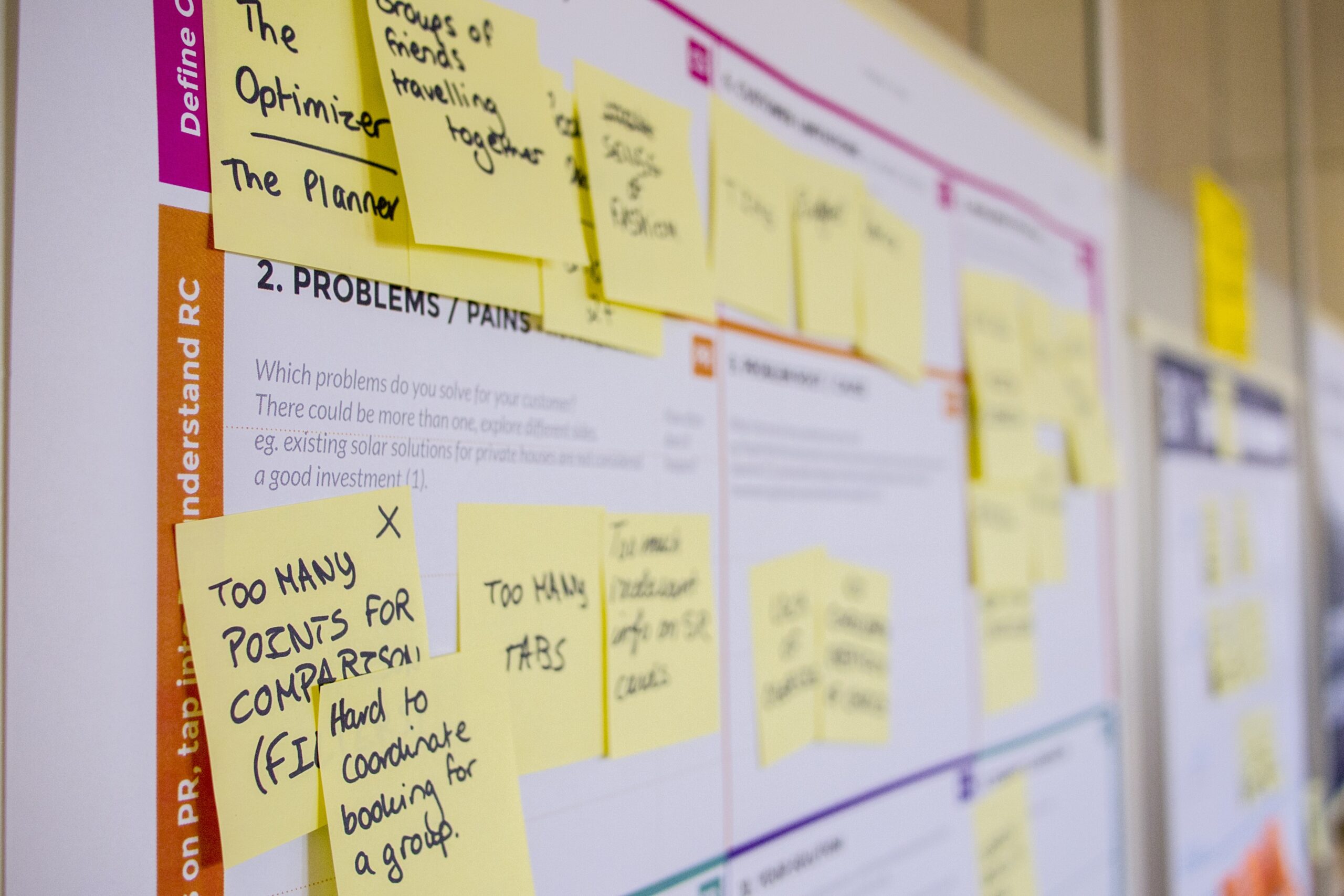Whether launching a new product, implementing a marketing campaign, or restructuring internal processes, efficient project management is the invisible hand guiding you toward achieving your desired outcomes.
Most people will acknowledge the importance of project management for business success. Yet, project management methodologies provide a crucial foundation for successful project management. By embracing a suitable methodology, you can harness the power of structured planning, streamlined communication, and efficient resource allocation.
This guide will examine the specifics of various project management methodologies and help identify the ideal approach for your specific project needs.
What are project management methodologies?
Project management methodologies provide a structured framework for planning, executing, and controlling projects. They define roles and responsibilities, establish communication protocols, and outline processes for managing resources, risks, and time effectively.
Ultimately, a well-chosen methodology acts as a blueprint, ensuring clarity, alignment, and efficiency throughout the project lifecycle.
Examining the Popular Project Management Methodologies

Now, Let’s delve deeper into the advantages and limitations of some prominent project management methodologies.
-
Waterfall methodology: This is a cornerstone of traditional project management methodologies, revered for its structured approach, meticulous planning, and phased execution. Waterfall is particularly suited for well-defined projects with fixed requirements. Projects progress through sequential phases, from initiation to planning, execution, monitoring, and finally, closure. This linear sequence offers meticulous control and ensures thorough planning upfront. However, Waterfall’s rigidity can make it less adaptable to changing circumstances.
-
Agile methodology: Embrace the winds of change! Agile methodologies thrive in dynamic environments where flexibility and adaptability are paramount. Projects are broken down into iterative cycles, known as sprints, each focusing on delivering specific deliverables within a short timeframe. Constant feedback and rapid iteration enable continuous improvement and responsiveness to changing needs. However, Agile necessitates high team collaboration and adaptability, which may not be suitable for all project types.
-
Scrum methodology: An agility champion, Scrum offers a structured framework within the Agile umbrella. Teams work in short sprints, each ending with a potentially shippable product increment. Daily stand-up meetings, product backlogs, and sprint reviews drive transparency, focus, and continuous improvement. While Scrum provides great agility and control, its adherence to specific roles and rituals may not be ideal for all teams.
-
Kanban methodology: Visualize your workflow! Kanban leverages the board to track tasks, prioritizing them based on their current stage (e.g., to-do, in progress, completed). This continuous flow approach is perfect for managing ongoing projects with unpredictable workloads. However, Kanban may require more discipline and self-organization from team members compared to other methodologies.
-
PRINCE2 methodology: For those navigating complex projects in regulated environments, PRINCE2 offers a comprehensive framework. Developed by the UK government, PRINCE2 emphasizes defined roles, detailed documentation, and rigorous risk management. While its structured approach ensures thorough planning and control, PRINCE2 can be perceived as cumbersome and bureaucratic for smaller projects.
-
Critical Path Method (CPM): Time is your ally! CPM identifies the sequence of tasks critical for project completion, known as the critical path. By focusing resources on these vital tasks, project managers can optimize scheduling and mitigate delays. However, CPM requires detailed upfront planning and may not be as adaptable to changing circumstances as other methodologies.
Finding Your Perfect Fit
Choosing the ideal project management methodology is not a one-size-fits-all solution. The optimal approach depends on several factors, including project complexity, team structure, industry norms, and risk tolerance. Carefully consider the following aspects when making your selection:
- Project Size and Complexity: Simple, well-defined projects may thrive with Waterfall’s structure, while complex projects with evolving requirements may benefit from Agile’s adaptability.
- Team Skillset and Culture: Choose a methodology that aligns with your team’s experience and preferences. Rigid frameworks may not suit self-organized teams, while Agile approaches may require additional training and discipline.
- Organizational Culture: Consider the overall organizational structure and risk tolerance. PRINCE2’s structured approach may be well-suited for risk-averse environments, while Kanban’s flexibility may thrive in more dynamic cultures.
The Final Touches
This guide has shed light on a selection of popular project management methodologies, but choosing the most effective one remains crucial. Often, successful project management will require more than just a framework. So when deciding, remember these essential elements:
- Empower Your Team: Build a competent, collaborative team and foster a culture of ownership and accountability.
- Communication is Key: Maintain clear and transparent communication with all stakeholders, keeping everyone informed and aligned.
- Embrace Flexibility: Be prepared to adapt your plan and methodology as circumstances evolve. The best projects are those that adjust to changing realities.
- Risk Management is Proactive: Anticipate challenges and develop contingency plans to mitigate potential disruptions.
- Learn from Every Project: Review your successes and failures, identify areas for improvement, and continuously refine your approach.









